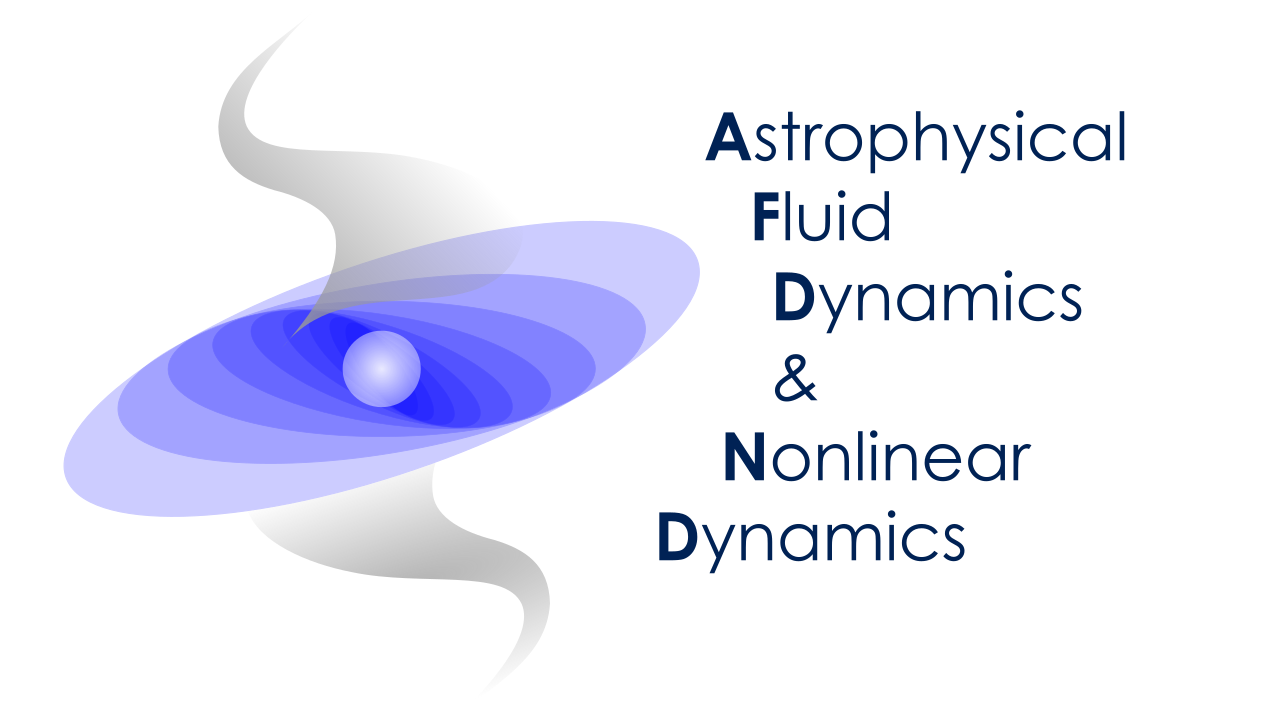2024-03-04 Martin Laming - The First Ionization Potential Effect in Solar/Stellar Coronae and Winds
Duration: 57 mins 45 secs
Share this media item:
Embed this media item:
Embed this media item:
About this item

| Description: | Seminar given by Martin Laming (Naval Research Laboratory) to the DAMTP Astrophysics group on Mon 4th March 2024 |
|---|
| Created: | 2024-03-04 17:48 |
|---|---|
| Collection: | DAMTP Astro Seminars |
| Publisher: | University of Cambridge |
| Copyright: | Martin Laming |
| Language: | eng (English) |
| Distribution: |
World
|
| Explicit content: | No |
| Aspect Ratio: | 16:9 |
| Screencast: | No |
| Bumper: | UCS Default |
| Trailer: | UCS Default |
| Abstract: | Since 1963, we have known, or at least suspected, that element abundances in the solar corona and wind are different to those in the photosphere. Elements that are predominantly ionized in the photosphere and chromosphere, e.g. Fe, Si, Mg, are observed to be enhanced in abundance once transported to the corona and wind by a factor of typically 3-4, while elements that are mainly neutral are relatively unaffected. Due to the dependence on the ionization potential, this phenomenon has been dubbed the First Ionization Potential (FIP) Effect. A model capturing the FIP and effect and the various modifications to it seen in different coronal regions and the solar wind invokes ion-neutral separation by the ponderomotive force due to Alfven and magnetosonic waves propagating through the chromosphere. This acts on ions, but not neutrals, and depends on the interaction of the waves with the magnetic geometry of the solar atmosphere.
The launch of the Extreme Ultraviolet Explorer (EUVE) in 1992 afforded us the first observations of abundances in stellar coronae. This, and succeeding missions like Chandra, XMM -Newton and Suzaku, have shown that solar-like stars show a similar FIP effect, which transitions to Inverse FIP (IFIP), i.e. a coronal depletion of Fe, Si, Mg, etc., as the activity level increases. In this presentation, I will review the theoretical basis of FIP and IFIP fractionation by the ponderomotive force. Fractionation by such means is new to solar physics and astrophysics, but is not new to science. Manipulation of atoms, molecules, biological samples, etc. by the forces due to refraction of photons from lasers, known as “optical tweezers”, has a rather long history in optical sciences, and won Nobel Prizes for Steven Chu (in 1997) and Arthur Ashkin (in 2018). Our model is a precise analog of this work, but with magnetohydrodynamic waves instead of optical photons. This connection leads to a better physical understanding of the mechanisms at work in FIP fractionated plasma. Work supported by NASA Heliophysics Supporting Research Program (80HQTR20T0076), and by Basic Research Funds of the Office of Naval Research. |
|---|---|
Available Formats
| Format | Quality | Bitrate | Size | |||
|---|---|---|---|---|---|---|
| MPEG-4 Video | 1152x720 | 1.02 Mbits/sec | 444.01 MB | View | ||
| MPEG-4 Video | 576x360 | 335.62 kbits/sec | 141.96 MB | View | ||
| WebM | 1152x720 | 575.94 kbits/sec | 243.68 MB | View | ||
| WebM | 576x360 | 205.48 kbits/sec | 86.94 MB | View | ||
| iPod Video | 480x270 | 467.82 kbits/sec | 197.88 MB | View | ||
| MP3 | 44100 Hz | 249.75 kbits/sec | 105.76 MB | Listen | ||
| Auto * | (Allows browser to choose a format it supports) | |||||

